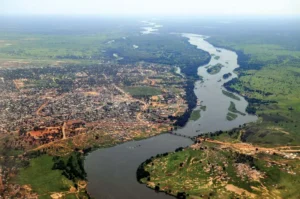Top 10 highest mountains in the world
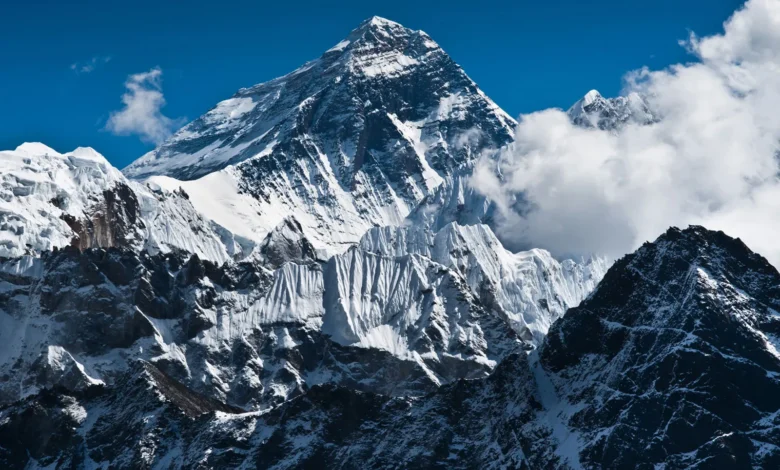
Where in the world are the top 10 tallest mountains found? Or which are the top 10 highest mountains in the world? Mountains have always captivated us with their grandeur and majesty. They are a testament to the power and beauty of nature. In this article, we will explore the top 10 highest mountains in the world, each with its own unique story and allure. From the legendary Mount Everest to the formidable K2, these peaks have challenged and inspired adventurers for centuries. Join us as we embark on a journey to discover these incredible natural wonders.
| # | Mountain | Height |
|---|---|---|
| 1 | Mount Everest | 29,029 feet (8,848 meters) |
| 2 | K2 | 28,251 feet (8,611 meters) |
| 3 | Kangchenjunga | 28,169 feet (8,586 meters) |
| 4 | Lhotse | 27,940 feet (8,516 meters) |
| 5 | Makalu | 27,838 feet (8,485 meters) |
| 6 | Cho Oyu | 26,864 feet (8,188 meters) |
| 7 | Dhaulagiri | 26,795 feet (8,167 meters) |
| 8 | Manaslu | 26,781 feet (8,163 meters) |
| 9 | Nanga Parbat | 26,660 feet (8,126 meters) |
| 10 | Annapurna | 26,545 feet (8,091 meters) |
1. Mount Everest
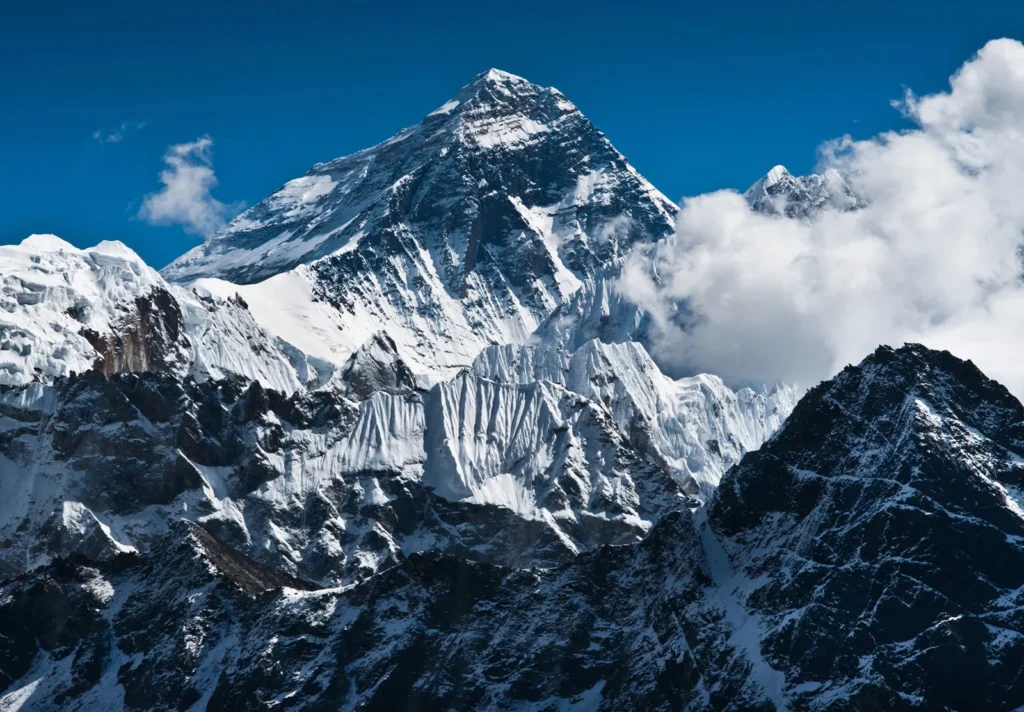
Height: 29,029 feet (8,848 meters)
Our journey begins with the tallest mountain on Earth, Mount Everest. Located in the Mahalangur Himalayas, Everest stands at an impressive height of 29,029 feet above sea level. Known as Sagarmāthā in Nepal and Chomolungma in Tibet, Everest has become a symbol of human ambition and achievement. The first successful ascent to its peak was made in 1953 by Tenzing Norgay and Edmund Hillary, and since then, it has attracted climbers from around the world. Despite the risks and challenges involved, many climbers are drawn to the allure of conquering the world’s highest mountain.
2. K2
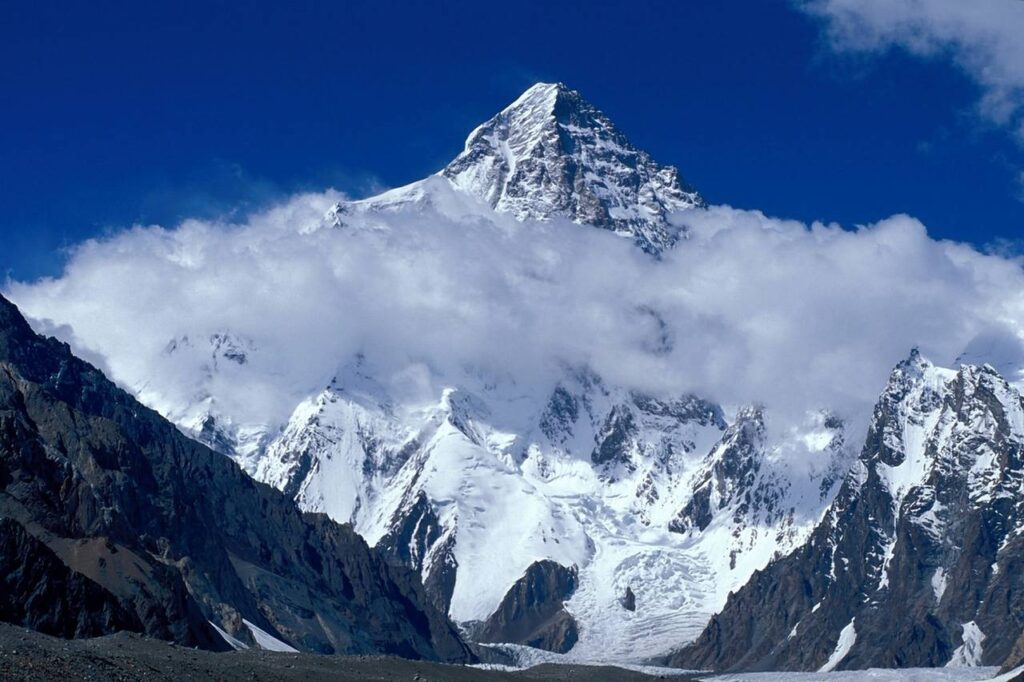
Height: 28,251 feet (8,611 meters)
Next on our list is K2, the second-highest mountain in the world. Located in the Karakoram range and standing at 28,251 feet above sea level, K2 is known as the Savage Mountain due to its steepness and treacherous weather conditions. It has a fatality rate of 29%, making it one of the most dangerous mountains to climb. Despite the risks, K2 continues to attract climbers seeking a formidable challenge. Its name originates from the 19th-century Great Trigonometrical Survey, with ‘K’ representing the Karakoram range and ‘2’ signifying that it was the second peak the surveyors encountered.
3. Kangchenjunga
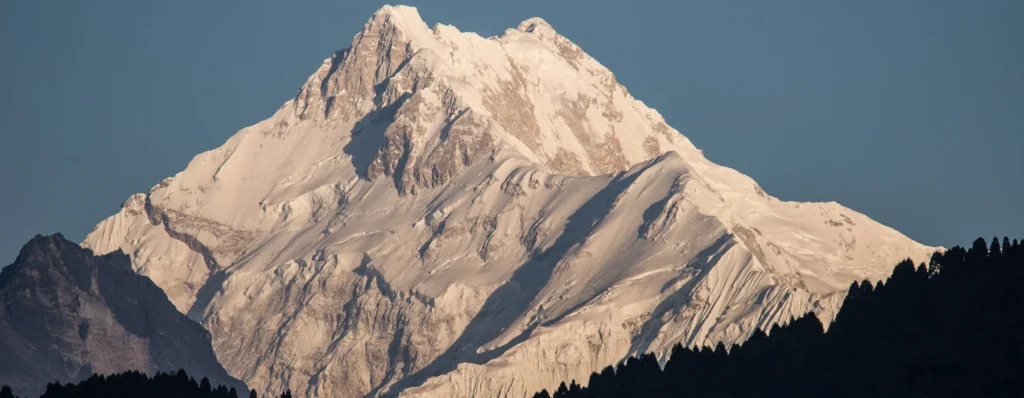
Height: 28,169 feet (8,586 meters)
Located between Nepal and India, Kangchenjunga is the third-highest mountain in the world. Its name translates to “Five Treasures of Snow,” referring to its five distinct peaks. Kangchenjunga is considered sacred by the local Sikkam people, and out of respect for their beliefs, the first climbers to summit the mountain in 1955 stopped just short of the highest peak. With its awe-inspiring beauty and cultural significance, Kangchenjunga continues to captivate mountaineers and nature enthusiasts alike.
4. Lhotse
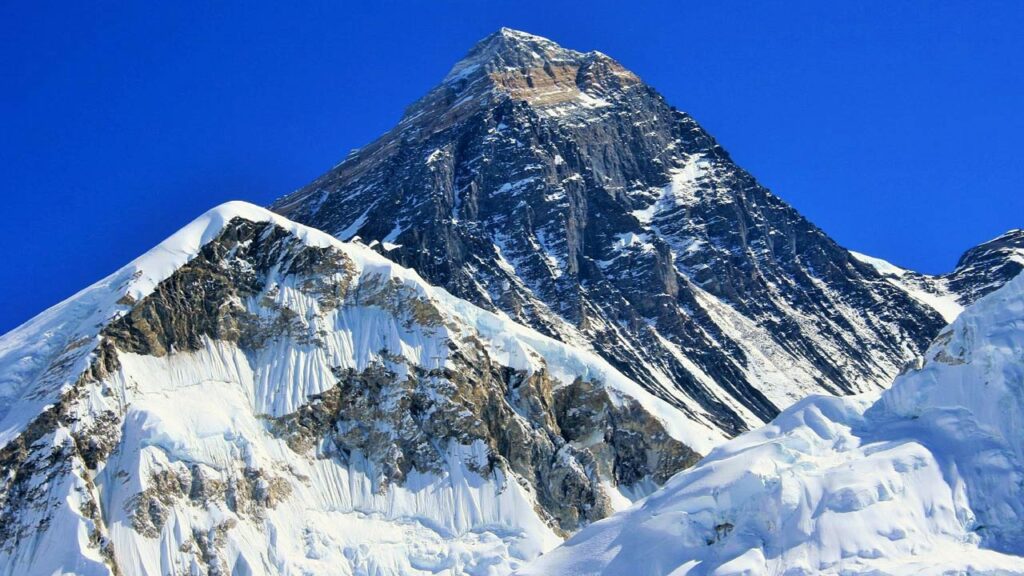
Height: 27,940 feet (8,516 meters)
Lhotse, meaning “South Peak” in Tibetan, takes the fourth spot on our list. Located on the border between Tibet and Nepal, Lhotse is connected to Mount Everest by a ridge. It is often overshadowed by its famous neighbor but should not be underestimated. Lhotse’s south face is particularly renowned, offering a challenging climb that has attracted experienced mountaineers from around the world. Its first successful ascent was achieved in 1956 by a Swiss expedition led by Fritz Luchsinger and Ernst Reiss.
5. Mount Makalu
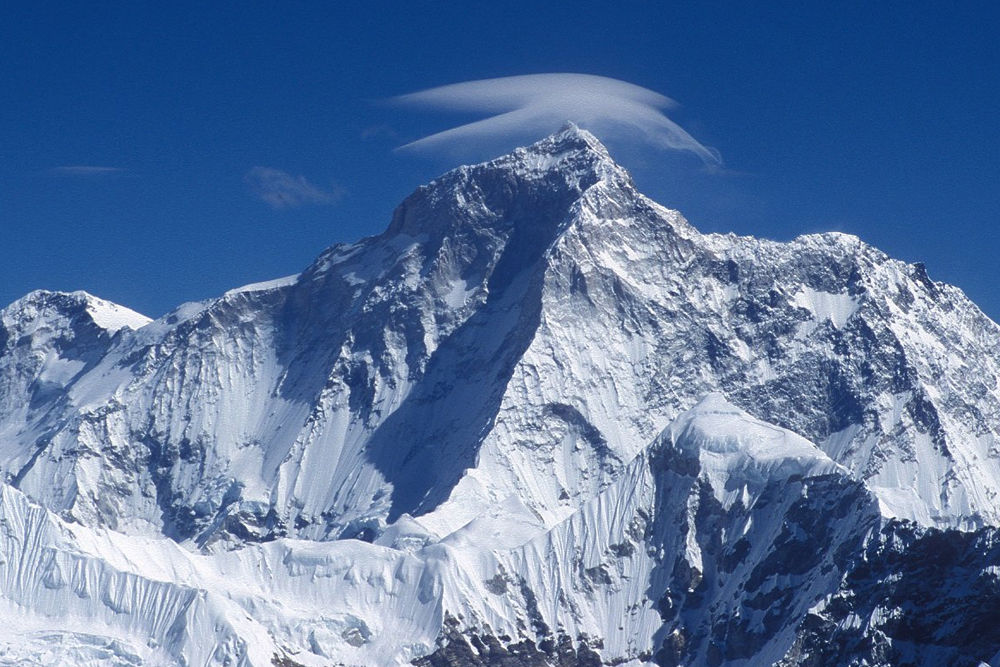
Height: 27,838 feet (8,485 meters)
Just 12 miles southeast of Mount Everest, Makalu stands at a height of 27,838 feet. Its distinct pyramid-shaped peak makes it one of the most visually striking mountains in the world. First summited in 1955 by a French expedition led by Lionel Terray and Jean Couzy, Makalu has since become a coveted destination for experienced mountaineers. Its remote location and challenging terrain make it a true test of skill and endurance.
6. Cho Oyu
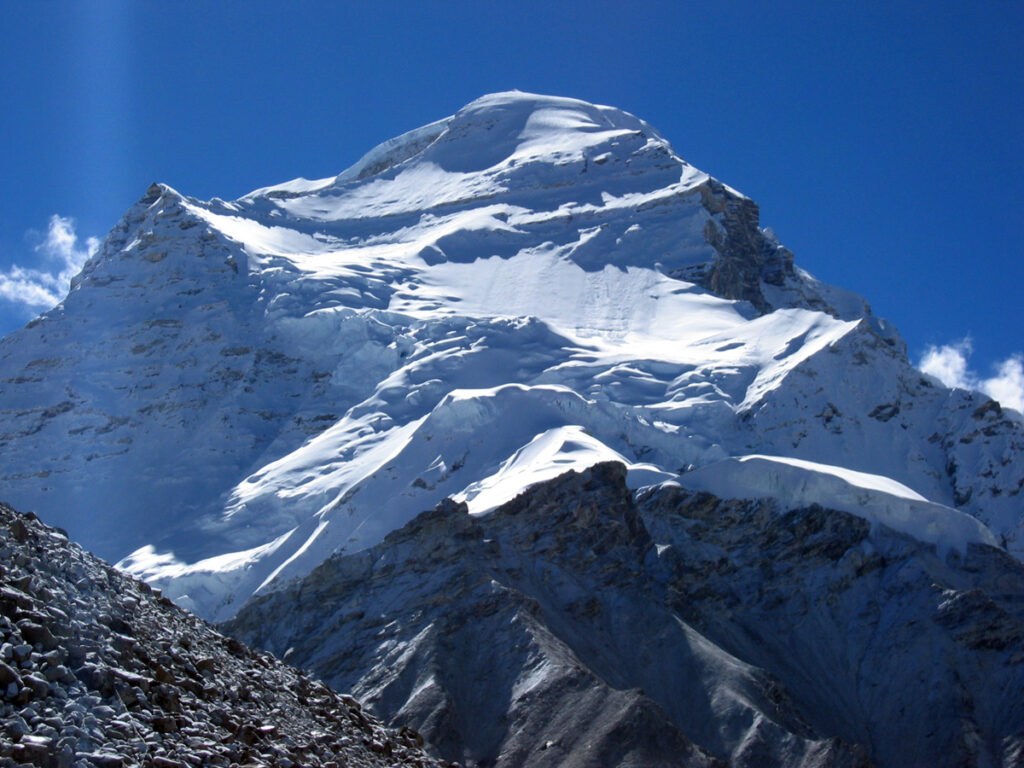
Height: 26,864 feet (8,188 meters)
Our next mountain, Cho Oyu, is located in Nepal and is the world’s sixth-highest peak. Known as the Turquoise Goddess, Cho Oyu offers climbers an opportunity to experience high-altitude mountaineering in preparation for more challenging expeditions, such as Everest. Its accessibility and relatively less technical routes have made it a popular choice among climbers seeking to push their limits. The first successful ascent of Cho Oyu was achieved in 1954 by an Austrian expedition led by Herbert Tichy.
7. Dhaulagiri
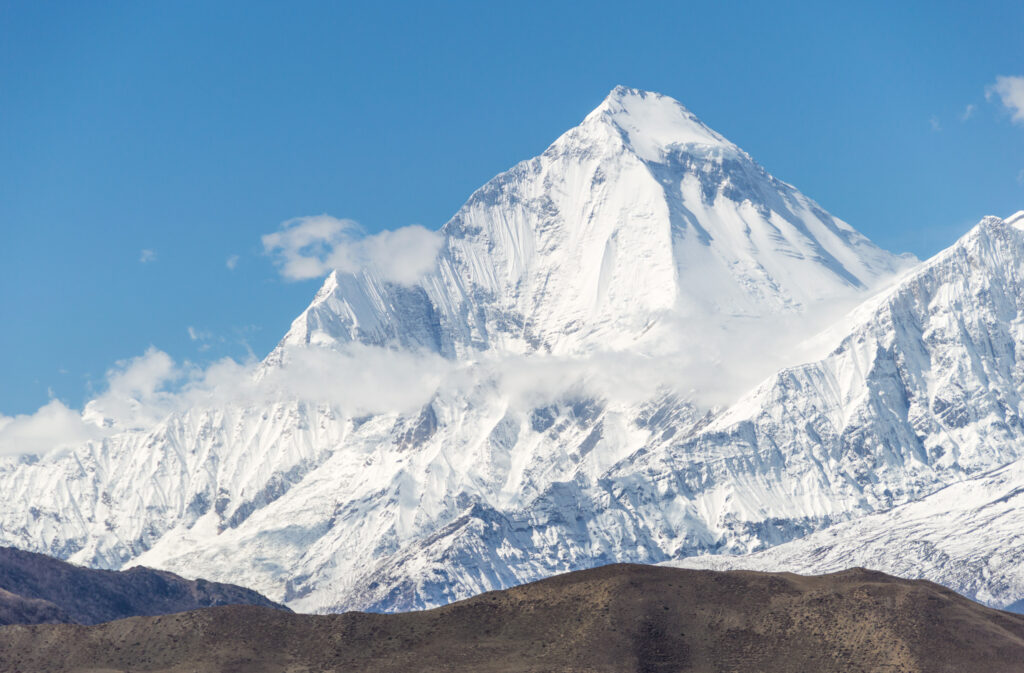
Height: 26,795 feet (8,167 meters)
Dhaulagiri, meaning “White Mountain,” is the seventh-highest mountain in the world. Located in Nepal, it is renowned for its stunning snow-capped peaks and rugged beauty. Dhaulagiri was first summited in 1960 by a Swiss-Austrian expedition led by Max Eiselin and Kurt Diemberger. The climb to its summit is challenging, with treacherous icefalls and daunting ridges, making it a thrilling adventure for experienced mountaineers.
8. Manaslu
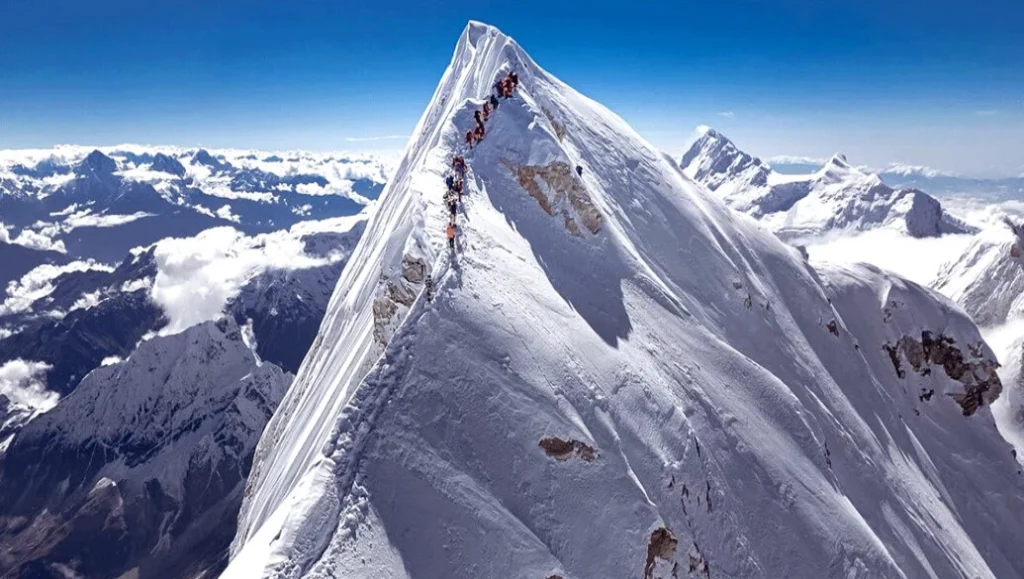
Height: 26,781 feet (8,163 meters)
Manaslu, meaning “Mountain of the Spirit,” is the eighth-highest mountain in the world. Located in Nepal, it offers a remote and less crowded alternative to the more popular peaks in the region. Manaslu’s first successful ascent was achieved in 1956 by a Japanese expedition led by Toshio Imanishi and Gyalzen Norbu. With its dramatic terrain and stunning vistas, Manaslu provides a challenging yet rewarding experience for mountaineers seeking a unique adventure.
9. Nanga Parbat
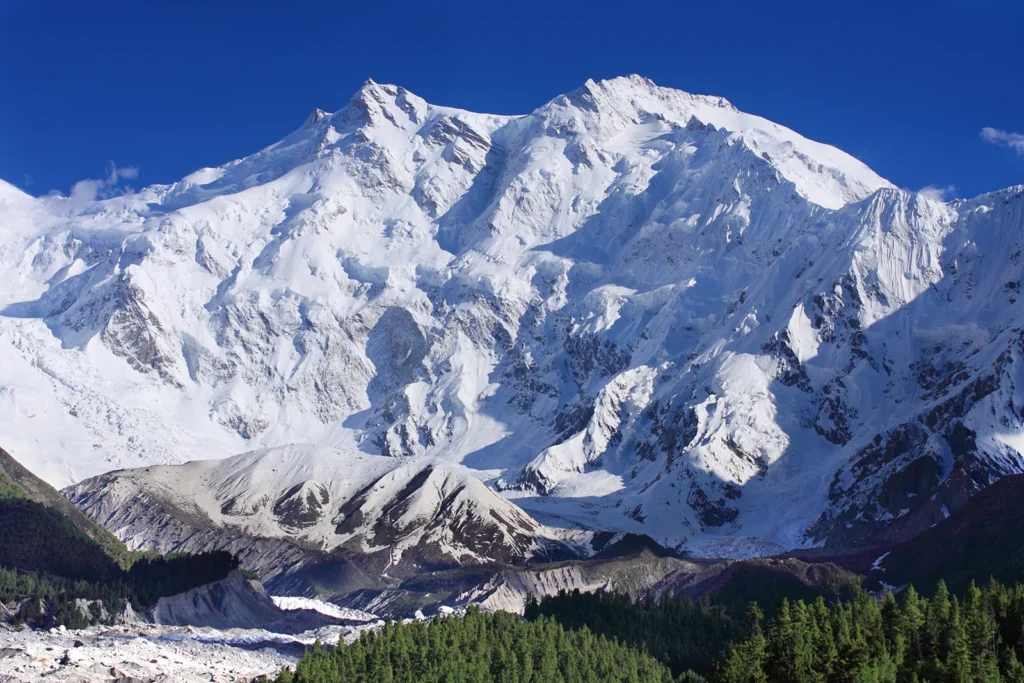
Height: 26,660 feet (8,126 meters)
Nanga Parbat, also known as the “Killer Mountain,” is the ninth-highest mountain in the world. Located in the western Himalayas in Pakistan, it is notorious for its treacherous climbing conditions and high fatality rate. Nanga Parbat’s first successful ascent was accomplished in 1953 by Austrian climber Hermann Buhl. Despite its challenges, the mountain continues to attract climbers who are drawn to its remote and rugged beauty.
10. Annapurna
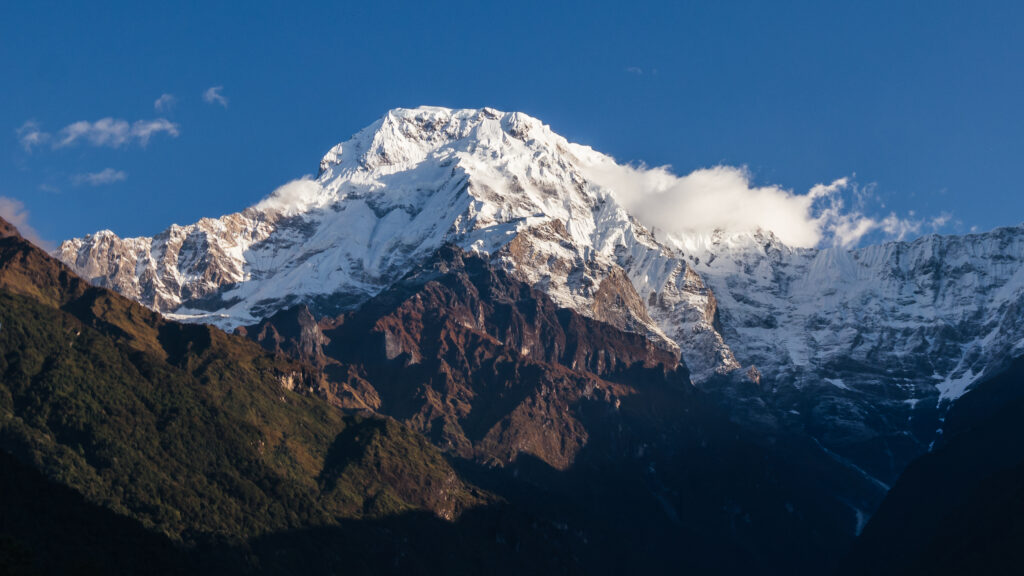
Height: 26,545 feet (8,091 meters)
Our final entry on the list is Annapurna, the tenth-highest mountain in the world. Located in Nepal, it is part of the Annapurna Massif in the Himalayas. Annapurna was the first 8,000-meter peak to be summited, with the historic achievement made by a French expedition led by Maurice Herzog and Louis Lachenal in 1950. The mountain is renowned for its challenging climbing routes and unpredictable weather conditions, making it a formidable test for even the most experienced mountaineers.
Conclusion
The top 10 highest mountains in the world are a testament to the indomitable spirit of human exploration and our fascination with the natural world. From the iconic Mount Everest to the formidable K2 and the awe-inspiring Kangchenjunga, these mountains offer a glimpse into the beauty and power of nature. Climbing these peaks is not for the faint of heart, but for those who dare to take on the challenge, the reward is an experience of a lifetime. Whether you’re an avid climber or an armchair adventurer, these majestic mountains will continue to inspire awe and admiration for generations to come.




